![Civil War photographs]() Who’s Behind That Beard?: Historians are using facial recognition software to identify people in Civil War photographs
Who’s Behind That Beard?: Historians are using facial recognition software to identify people in Civil War photographs
Erica X. Eisen, Slate, November 15, 2018
When Kurt Luther walked into Pittsburgh’s Heinz History Center
in 2013 to attend an exhibition about Pennsylvania during the Civil
War, he didn’t expect to be greeted by his great-great-great-uncle. A
computer scientist and Civil War enthusiast, Luther had been drawn to
researching his own family’s connection to the conflict, gradually
piecing together information over years and years. But his searches had
always failed to turn up a photograph, and Luther was ready to give up
on the possibility of ever seeing his ancestors’ faces. It was only
through sheer happenstance that, walking through the History Center that
day, Luther had spotted an album of portraits of the men of Company E,
134th Pennsylvania––his great-great-great-uncle’s unit. Laying eyes on his relative’s face for the first time, he later wrote, felt like “closing a gap of 150 years.”
Five years later, Luther launched Civil War Photo Sleuth,
a web platform dedicated to closing the gap a little further. Together
with Ron Coddington (editor of the magazine Military Images), Paul
Quigley (director of the Virginia Center for Civil War Studies), and a
group of student researchers at Virginia Tech, Luther crafted a free and
easy-to-use website that applies facial recognition to the multitude of
anonymous portraits that survive from the conflict, in the hopes of
identifying the sitter. When a user uploads a photograph, the software
maps up to 27 distinct “facial landmarks.” Users are further able to
refine their searches by adding filters for uniform details that could
offer clues about rank. (Three chevrons and a star, for instance,
indicates a rank of ordnance sergeant for both the Union and Confederate
armies, while shoulder straps with an eagle were worn by Union
colonels.)
From there, the program cross-references the photo with the
other images in CWPS’s growing database. The final search results
present an array of possible matches (and possible names) for
consideration.
Over the four-year course of the Civil War, photography was a
crucial medium for capturing both the shifting tides of the conflict and
the individuals caught up within them. Mathew Brady's searchin portraits and Alexander Gardner's unflinching views of the dead at Antietam helped make the war real for both civilians at the time and those of us
at a century and a half’s remove. In an interview with Military Images,
Coddington said, “I once calculated that there were 40 million
photographs of Union soldiers taken during the Civil War. Even if only
10 percent survive, there are 4 million images out there today.” Yet we
have names for few of them: “David Wynn Vaughan, a premier collector of
Confederate soldier images, estimates that no more than 10 or 20 percent
of the images he’s seen during his more than 25 years of collecting are
identified,” Bob Zeller, president of the Center for Civil War
Photography, writes on the organization’s website..
Full Text Continued at Slate:
Slate 




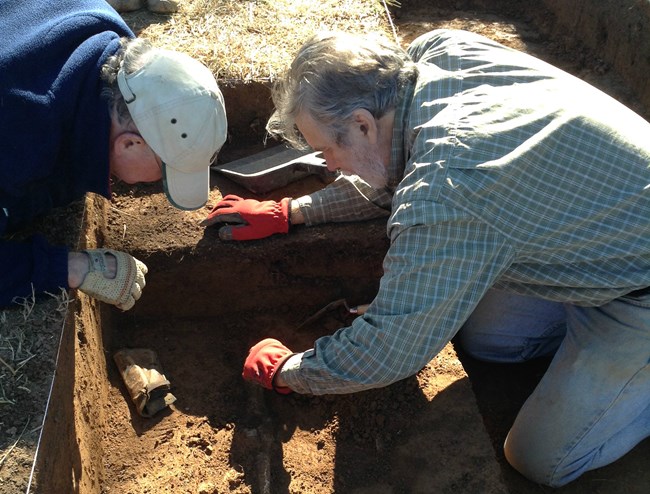
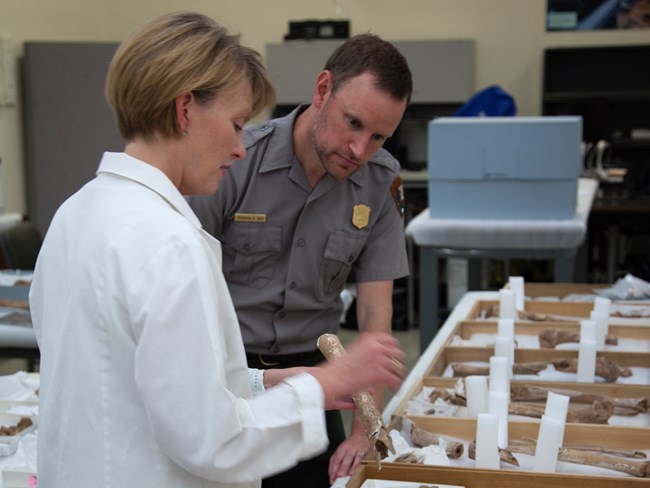
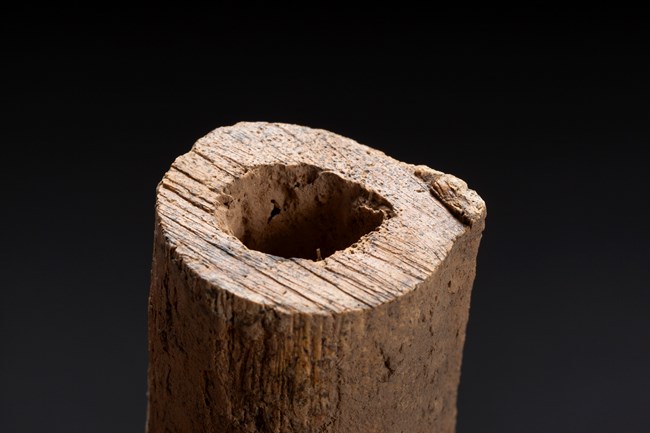
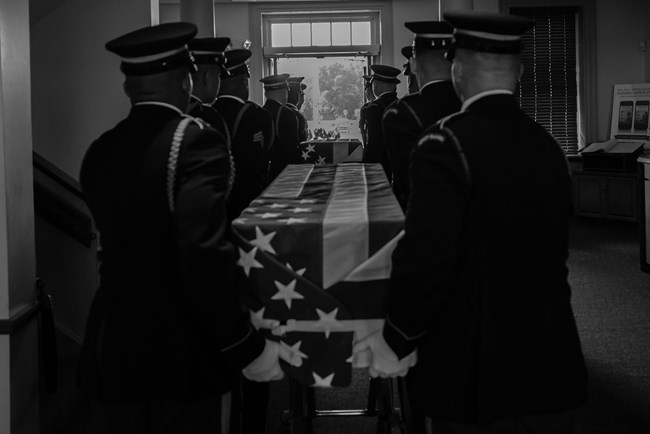

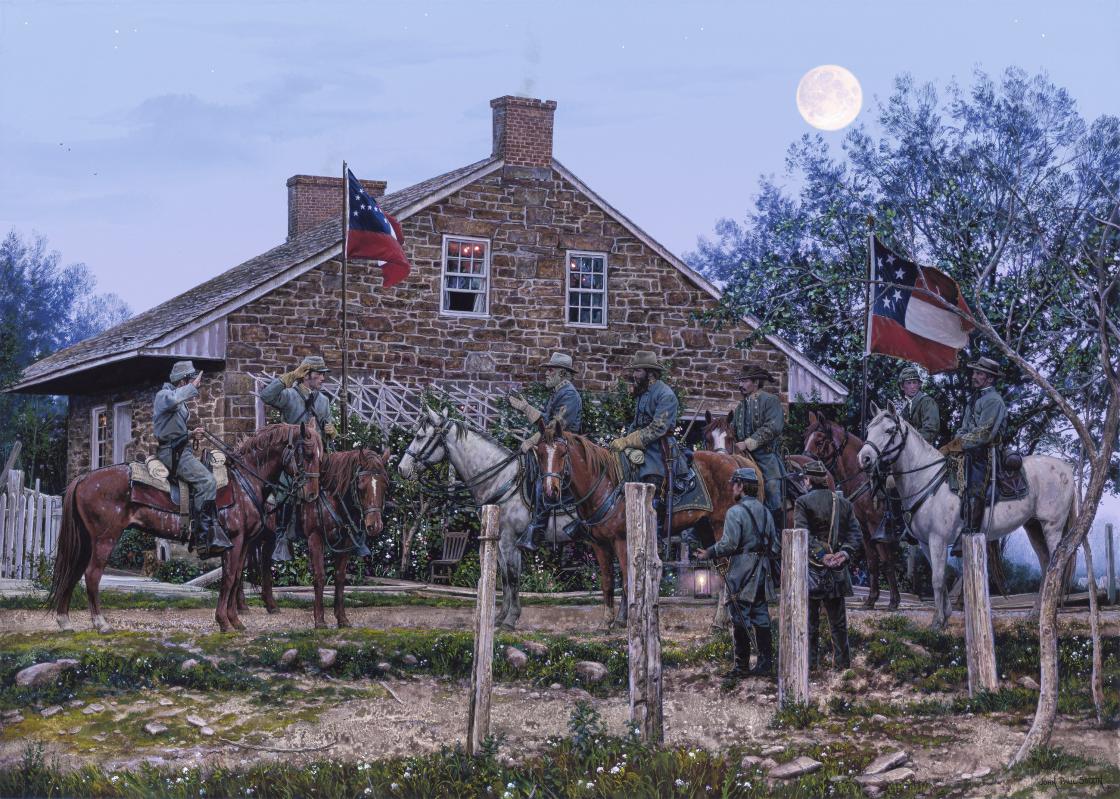

![I am perhaps dying ebook[7587]](https://bullrunnings.files.wordpress.com/2018/04/i-am-perhaps-dying-ebook7587.jpg?w=64&h=96)

